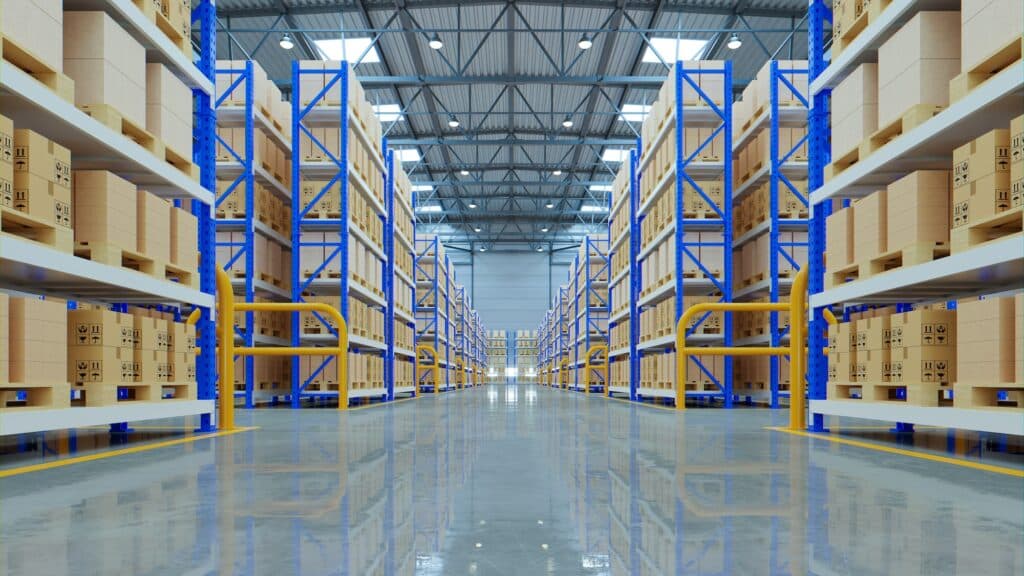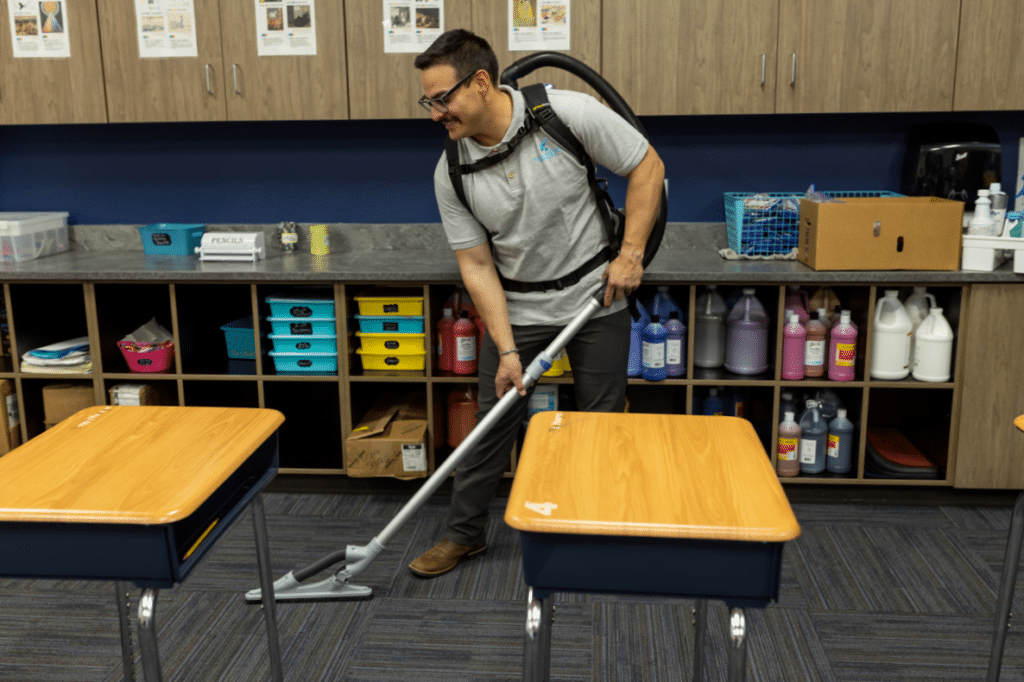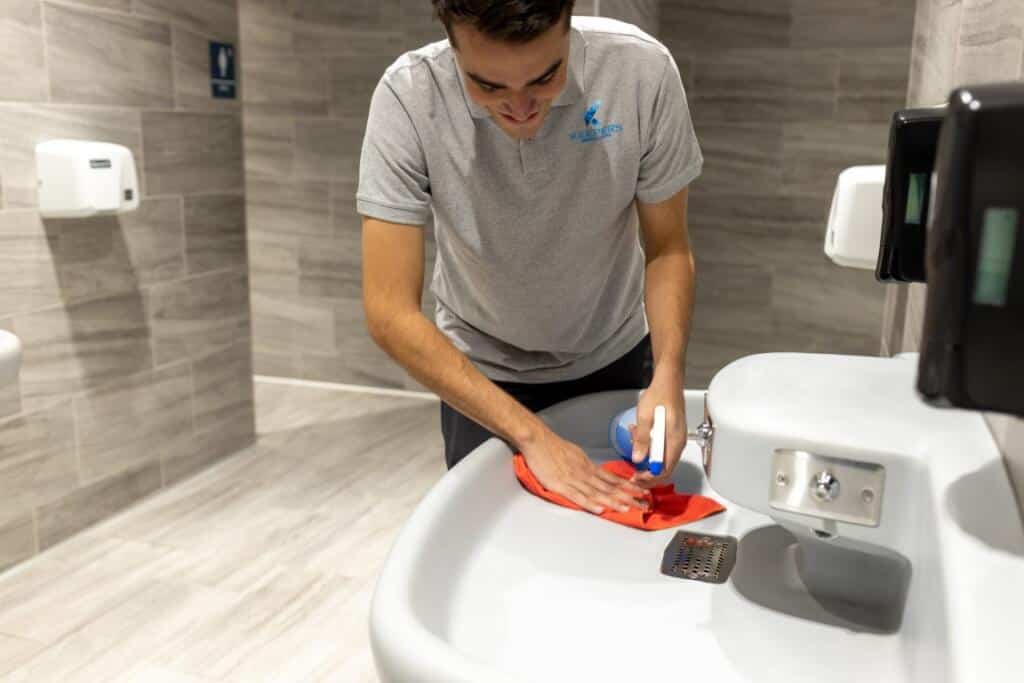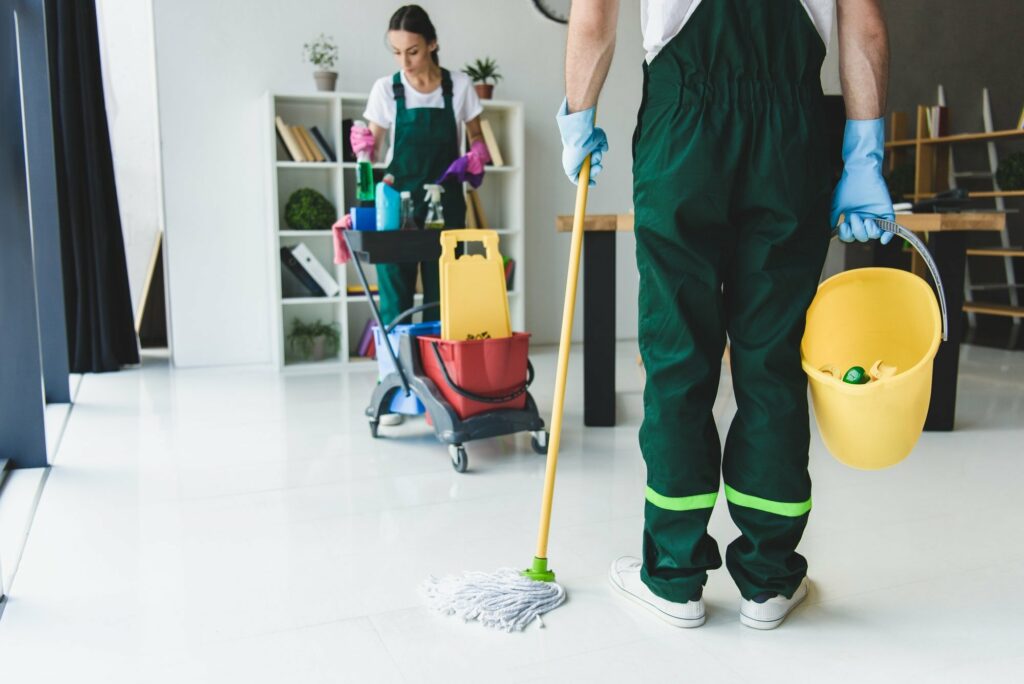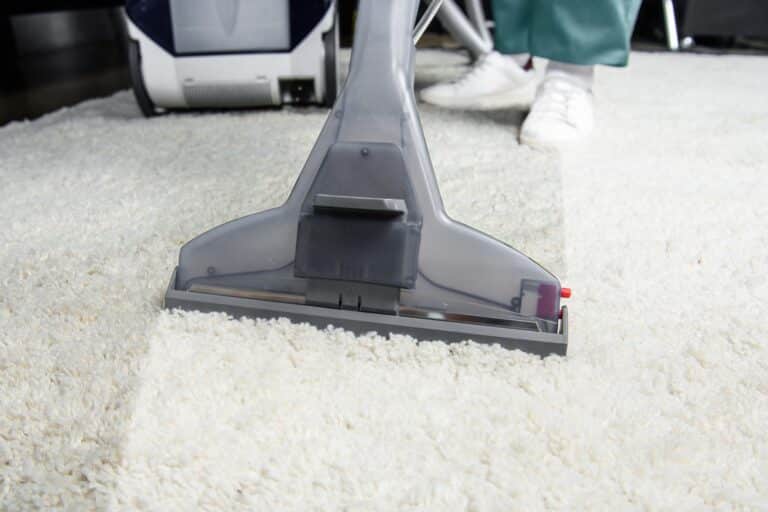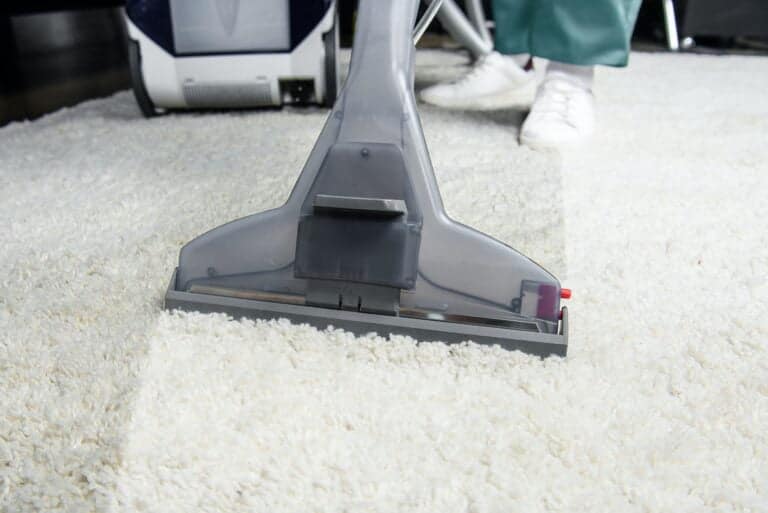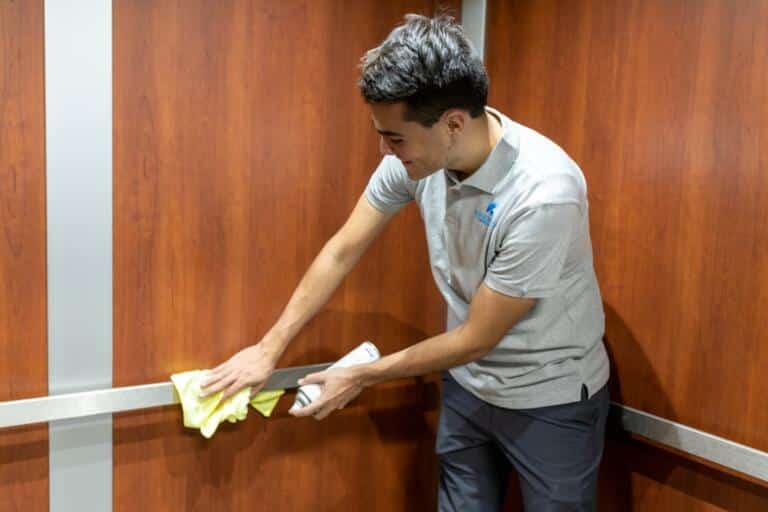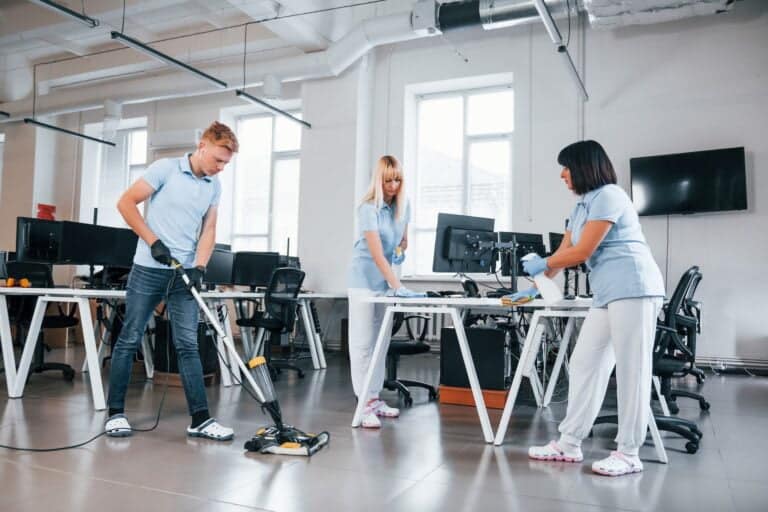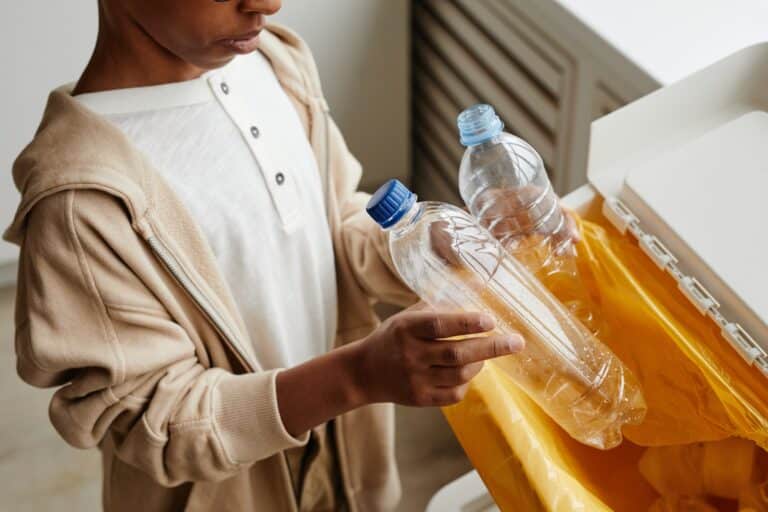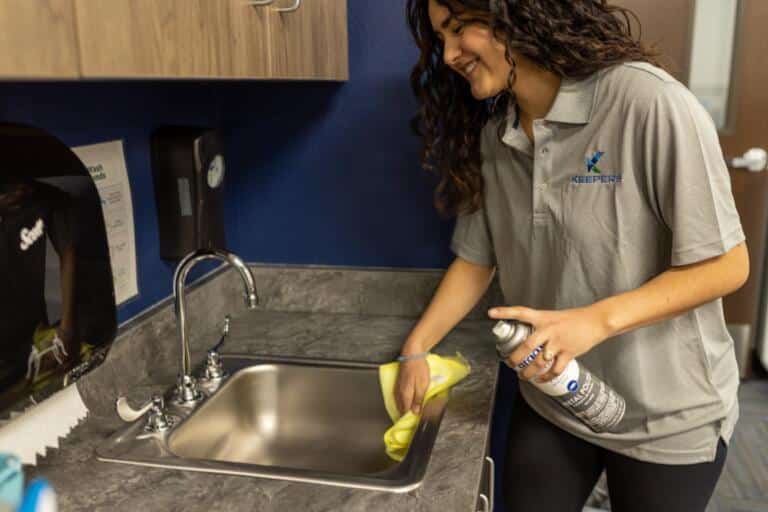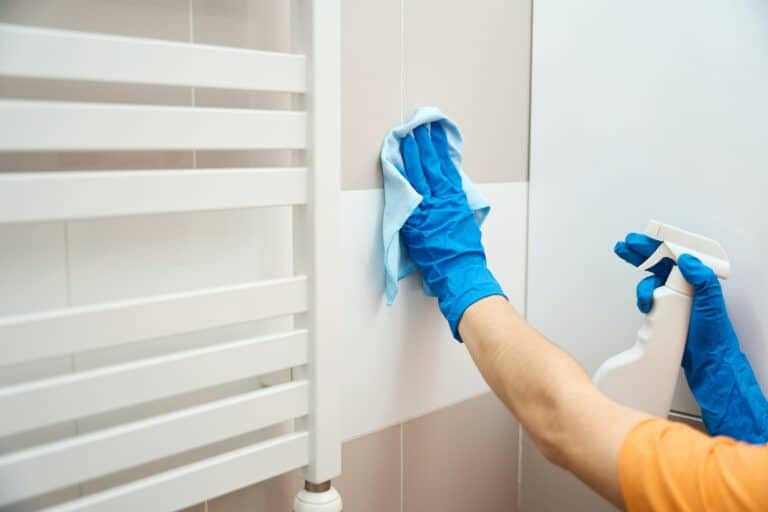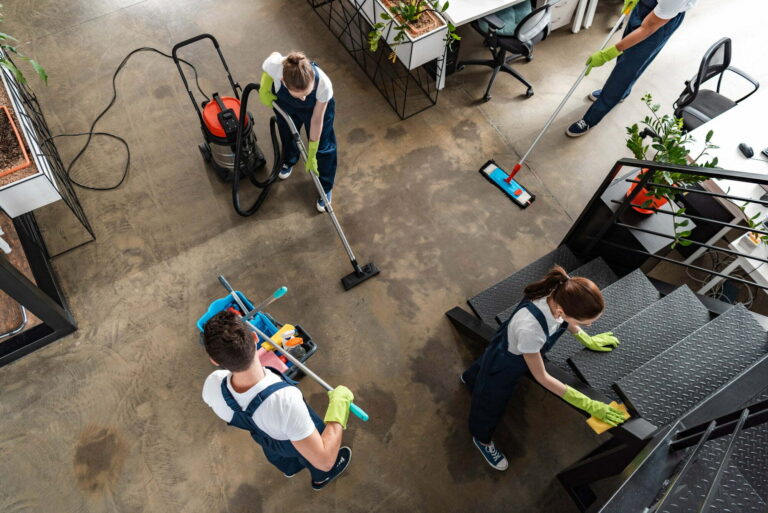The Importance of Keeping Office Furniture Clean and Sanitized
Maintaining a clean and healthy workspace is crucial for the wellbeing of employees, as well as for the overall success of a business. A dirty workplace can lead to the spread of germs, bacteria, and viruses, which can cause illness among employees. This can result in absenteeism, decreased productivity, and ultimately impact the bottom line.
In addition to this, employee morale is also affected by an unclean workplace. Office furniture is one of the most important aspects to keep clean in an office environment since it comes into contact with employees daily.
Chairs, desks, keyboards, telephones are all touched repeatedly throughout the day and act as a breeding ground for germs when not properly cleaned. By keeping office furniture clean and sanitized it helps prevent illness outbreaks among employees.
Benefits of a Clean and Healthy Workplace
Keeping your office space clean has many benefits that go beyond reducing sickness rates amongst staff. It helps boost employee morale by creating an attractive workspace that promotes productivity.
It encourages employees to take pride in their work environment which leads to better work quality since they feel valued. A clean workspace also creates a professional image for clients or visiting partners who may judge your business based on their first impression of your offices.
A well-maintained office space will also reduce accidents caused by clutter or debris that could pose hazards in the workplace. Maintaining cleanliness in your office space creates an overall feeling of happiness amongst employees leading to higher job satisfaction rates which improves company culture.
Overview of The Cleaning Process
The cleaning process involves dusting off surfaces with microfiber cloths or vacuum attachments followed by wiping down surfaces with disinfectant wipes or spray solutions. Deep cleaning upholstered furniture with steam cleaners will help remove accumulated dirt while using crevice tools or small brushes will aid in reaching hard-to-reach areas. Once the surfaces have been thoroughly cleaned, it is necessary to sanitize all areas using an EPA-approved disinfectant.
The sanitizer should be applied to all surfaces, especially high-touch areas like door handles, keyboards, telephones and left for the recommended amount of time before being wiped clean. Regularly repeating the process will help maintain a clean and healthy workspace.
Preparation
Gather necessary cleaning supplies
Before beginning the cleaning process, it is important to gather all necessary cleaning supplies. This will ensure that you have everything you need and won’t need to interrupt the cleaning process to go looking for missing items. Typical cleaning supplies include disinfectant wipes or spray, microfiber cloths, a vacuum with various attachments, a steam cleaner for upholstery, a crevice tool or small brush for hard-to-reach areas, and an EPA-approved disinfectant.
Clear the workspace of clutter and debris
Before starting the actual cleaning process, it is important to declutter and remove any debris from the workspace. This will make it easier to clean all surfaces thoroughly without having to constantly move objects around.
It is important to remove any personal items from workstations as well such as keyboards and pens. Doing so will help prevent cross-contamination between employees.
Identify high-touch areas
It is essential to identify high-touch areas in an office space before starting the cleaning process. High-touch areas are those that are frequently touched by many people in an office such as door handles, light switches, shared workspaces and equipment like printers or scanners.
These areas tend to harbor more germs than others so extra care should be taken when sanitizing them compared with other surfaces in the office space. By identifying high touchpoints in advance you can make sure they get cleaned properly during your routine office furniture cleansing activities.
Cleaning Process
Keeping office furniture clean and sanitized is an important part of maintaining a healthy work environment. The cleaning process involves several steps that help remove dirt, dust, and germs from furniture surfaces. Here are some tips for cleaning office furniture:
Dusting Furniture Surfaces with Microfiber Cloths or Vacuum Attachments
Dusting is the first step in cleaning office furniture. Dust on surfaces can make them look dull and dirty.
Using microfiber cloths or vacuum attachments can help to gently remove dust without scratching the surfaces. Microfiber cloths are particularly effective at trapping dust particles because they have more surface area than traditional cotton cloths.
Use a clean cloth for each piece of furniture to prevent cross-contamination between surfaces. If using a vacuum attachment, use a soft brush or upholstery tool to avoid damaging delicate surfaces such as wood or fabric.
Wiping down Surfaces with Disinfectant Wipes or Spray
After dusting, it’s important to wipe down all surfaces with disinfectant wipes or spray. This will help kill germs that may be present on the surface. Look for products that are labeled as “EPA-approved” to ensure they are effective against common bacteria and viruses.
To use disinfectant wipes, simply wipe down all visible surfaces of the furniture piece until they are visibly moistened with the solution. Allow the solution to sit on the surface for several minutes (as instructed on label) before wiping it off with a dry cloth or allowing it to air dry.
Deep Cleaning Upholstered Furniture with a Steam Cleaner
Fabric-covered chairs and couches can harbor dirt and germs deep within their fibers. Deep cleaning these pieces regularly using a steam cleaner can help remove tough stains and kill bacteria. Steam cleaning also helps sanitize the surface without using harsh chemicals.
Be sure to follow the manufacturer’s instructions for your specific steam cleaner model. Generally, it involves filling the water tank and allowing it to heat up before using the attachment to apply steam to the upholstery while holding a clean cloth over the nozzle to absorb excess moisture.
Cleaning Hard-to-Reach Areas with a Crevice Tool or Small Brush
There are often hard-to-reach areas on office furniture that can accumulate dust or debris over time. Using a crevice tool or small brush can help get into these tight spaces.
For example, use a crevice tool on vacuum attachments to reach between cushions or along baseboards. A small brush, such as a toothbrush or soft-bristled artist paintbrush, can also be used in combination with disinfectant spray to gently scrub tight areas that cannot be reached by other methods.
Sanitization Process
Applying an EPA-approved disinfectant to all surfaces
To effectively sanitize office furniture, it’s crucial to use an EPA-approved disinfectant that has been proven to kill germs and viruses. Look for a disinfectant that is effective against a broad range of bacteria, viruses, and fungi.
Once you have the right product, be sure to apply it generously to all surfaces that are frequently touched by multiple people in the workplace. When applying the disinfectant, use a clean cloth or paper towel and make sure every inch of the surface is covered.
Pay special attention to high-touch areas such as doorknobs, light switches, keyboards, and telephones. These areas are more likely to harbor harmful germs and bacteria that can spread quickly throughout the workplace.
Allowing the disinfectant to sit for the recommended amount of time before wiping it off
After applying the disinfectant, it’s important to let it sit for a sufficient amount of time before wiping it off. This allows enough time for the solution to kill any harmful pathogens on your office furniture. Be sure to read the instructions on your particular product carefully as some require longer wait times than others.
In general, most EPA-approved disinfectants require anywhere from 30 seconds up to several minutes of contact time with surfaces before they can be wiped away. Be patient – this waiting period is essential in order for your sanitization efforts to be effective.
Repeating this process regularly
Cleaning and sanitizing office furniture should not be a one-time task but instead should become part of your regular cleaning routine. Depending on how frequently your workspace is used and how many people occupy it daily will greatly influence how often you need to sanitize. In general aim for at least once per day between shifts or after-hours depending on your operation.
However, if you have a high-traffic area or are experiencing an outbreak, it may be necessary to sanitize more frequently. By making regular sanitization a habit in your workplace, you’ll be able to maintain a clean and healthy environment and keep harmful germs and bacteria at bay.
Additional Tips for Maintaining Clean Office Furniture
Regularly vacuuming carpets and rugs in the office space
Carpets and rugs can easily collect dust, dirt, and other debris that can negatively impact indoor air quality. This is why it’s important to regularly vacuum these surfaces in addition to cleaning office furniture. Vacuuming should be done at least once a week, but more frequently for high traffic areas.
The use of a high-efficiency particulate air (HEPA) filter in the vacuum cleaner can help trap smaller particles that may cause allergies or respiratory problems. Vacuuming should be done after regular work hours to avoid disturbing employees.
In addition to regular vacuuming, consider hiring professional carpet cleaners once or twice a year to deep clean carpets and remove any stubborn stains or odors. This will not only improve the appearance of the office space but also promote a healthier environment for employees.
Encouraging employees to wipe down their workstations daily
Employees spend most of their day at their desks or workstations, which makes them prime areas for germs to accumulate. Encourage employees to wipe down their workspaces daily with disinfectant wipes or spray before and after use. This simple action can go a long way in preventing the spread of illness throughout the office.
To make this task easier for employees, provide disinfectant wipes or spray bottles throughout the office in common areas such as break rooms, printer stations, and conference rooms. Additionally, consider providing microfiber cloths that are effective at trapping dirt and bacteria on surfaces.
Providing hand sanitizer stations throughout the office
Hand hygiene is crucial in preventing illness from spreading within an office space. Providing hand sanitizer stations located strategically throughout the workplace can serve as a reminder for employees to clean their hands regularly.
Hand sanitizer should contain at least 60% alcohol to be effective at killing germs. Place hand sanitizer stations in high traffic areas such as entrances, break rooms, and conference rooms.
Another option is to distribute small bottles of hand sanitizer to employees so they can keep one on their desk for easy access. By implementing these additional tips for maintaining clean office furniture, you can create a healthier and more productive workplace for employees.
Conclusion
The Importance of Cleaning and Sanitizing Office Furniture
Maintaining a clean and healthy workplace is crucial for the well-being of employees and the success of a business. A clean office helps to reduce the spread of germs, prevent illness, and increase productivity. In addition to regular cleaning, it is essential to sanitize all surfaces frequently, especially high-touch areas like doorknobs, keyboards, and chairs.
By following the cleaning and sanitization steps outlined in this article, office furniture will be kept free from dirt, dust, and germs. The use of EPA-approved disinfectants is particularly important in preventing the spread of infectious diseases like colds and flu.
A Cleaner Future
As we continue to learn more about how cleanliness affects our health and wellness in shared spaces like offices, we may see increased attention given to cleanliness standards. This can only be a good thing as it means healthier employees with fewer sick days.
Keeping office furniture clean and sanitized is an important aspect of maintaining a healthy workplace. By following these simple steps regularly, you can help ensure your workspace remains free from germs that could cause illness or disrupt productivity.

